Real Life Accident: Collision of Two Vessels, One Sinks
The weather was fine with light winds, a smooth sea and visibility of about 4nm. The red vessel [see image] was making way at about 12.5 knots. The pilot on the red vessel observed a radar target, the green vessel, on a radar bearing two points on the port bow at a range of 1.8 nm.
The green vessel was also visually observed to be a crossing vessel that the pilot estimated would cross ahead at 0.5nm. He assessed that a close-quarters situation was developing due to the green crossing vessel and other traffic such as the blue vessel on their starboard bow. A continuous sound signal was given from the red vessel’s whistle for about 30 seconds to attract the attention of the crossing vessel. For the time being the red vessel maintained her course (338°T) and speed.
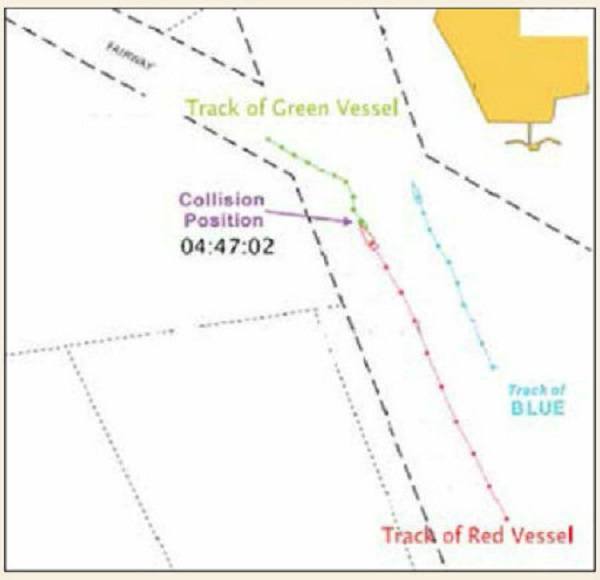
A few minutes later, in order to allow more room for the green vessel and other traffic in the vicinity, the pilot ordered a speed reduction; first to slow ahead, then dead slow ahead and stop. A few minutes later the green vessel was observed to be crossing ahead at a range of four cables. To allow the green vessel to pass ahead even sooner the pilot ordered the helm ten degrees to port. While the vessel was swinging to port, the green vessel was observed to alter course to starboard. In an attempt to avoid collision, the pilot aboard the red vessel ordered the helm to midship and then hard-to-starboard while the engine was at dead slow ahead. At about this time the red ship sounded three prolonged blasts of the vessel’s whistle. Shortly thereafter the bridge team members felt the vessel shudder; it was suspected that a collision had occurred with the green vessel.
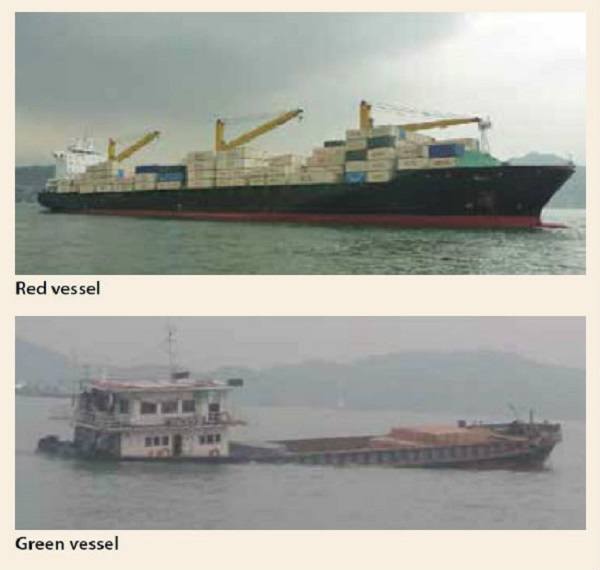
Meanwhile, on the green vessel, the only person on the bridge responsible for steering the vessel and keeping a proper lookout was the OOW. As the green vessel was proceeding at a speed of about five knots, the red vessel was observed heading north in the fairway. The OOW initially assessed that there was sufficient room for his vessel to pass clear ahead of the red vessel. Within a few minutes he realised his assessment was wrong so he altered course to starboard attempting to give way and pass clear. At this juncture the red vessel was observed to be altering course to port heading towards his vessel. In order to avoid collision, the OOW then altered course to port. Despite these actions there was a collision with the red vessel.
Following the collision the green vessel’s engine compartment was flooded and the vessel finally foundered some two hours later. Her six crew boarded the vessel’s lifeboat and were rescued. The red vessel sustained paint scratches to the starboard bow.
The investigation revealed the following contributing factors:
- The green vessel, being the give-way vessel in a crossing situation, failed to comply with Rule 15 (Crossing situation) and Rule 16 (Action by give-way vessel) of the International Regulations for Preventing Collisions at Sea 1972 (COLREGS) for not taking early and substantial action to keep out of the way of the red vessel.
- The red vessel, being a stand-on vessel in a crossing situation, failed to comply with Rule 17 (Action by stand-on vessel) of the COLREGS but [reduced speed and] altered course to port to avoid collision with the green vessel.
- Instead of a continuous sound signal of 30 seconds, or even the three prolonged blasts just before the collision, the red vessel should have sounded at least five short and rapid blasts on the whistle when she failed to understand the intentions or actions of the green vessel.
- Weather and visibility, conditions of navigational equipment and main engines, alcohol, drug and fatigue issues were not found to be contributing factors to the accident.
Editor’s comment: If you were OOW or Master on the red vessel, what would you have done, given the pilot’s action to reduce speed and eventually come to port even though they were the stand-on vessel? Not an easy situation for anyone.
Reference: nautinst
Do you have info to share with us ? Suggest a correction
- Real Life Incident: Vessel Collision in Good Visibility
- Real Life Incident: Severe Injury To Deck Crew While Leaving Berth
- Real Life Incident: Departure Damage in Very Restricted Waterway
- Real Life Incident: Low Situational Awareness Has High Impact Consequence
- Real Life Incident: Fouled Anchor in a Designated Anchorage
- Real Life Incident: Fire On Barge Carrying Scrap Metal Causes $7 Million Worth Of Damage
Latest Case studies Articles You Would Like:
Subscribe To Our Newsletters
By subscribing, you agree to our Privacy Policy and may receive occasional deal communications; you can unsubscribe anytime.




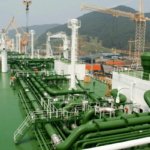
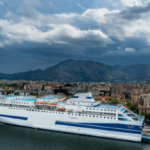
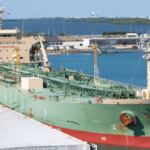
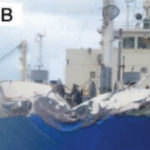
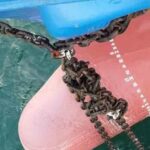
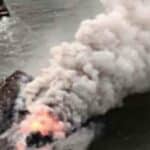
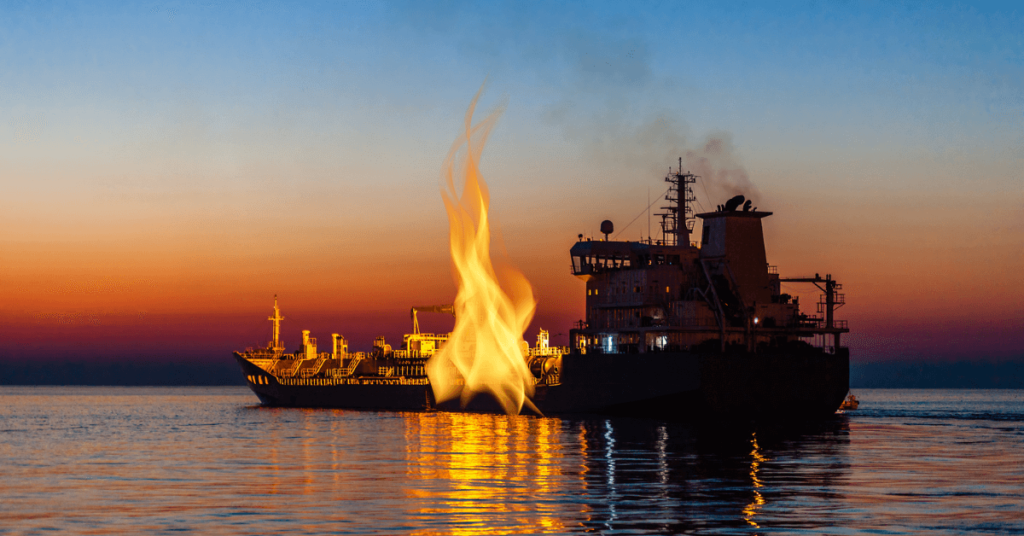
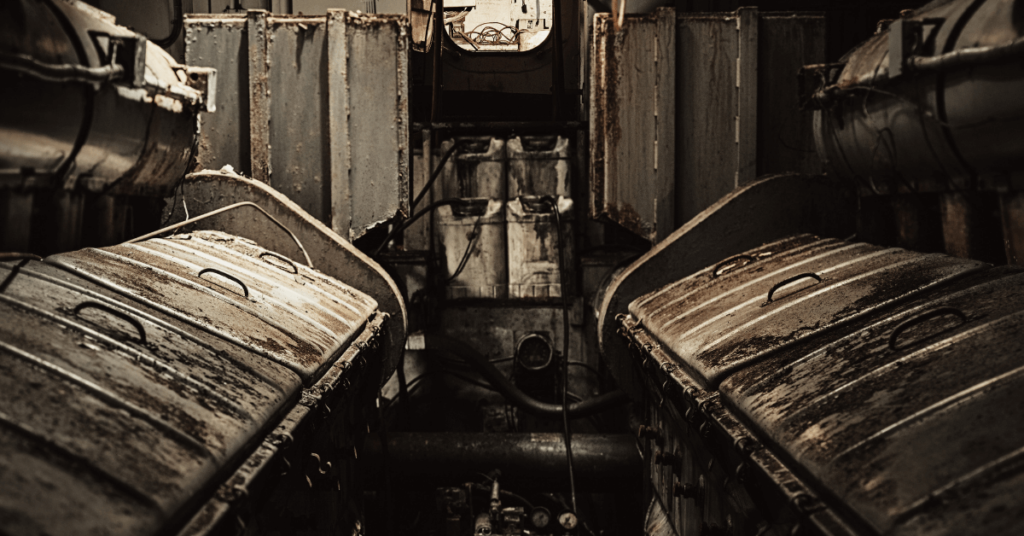
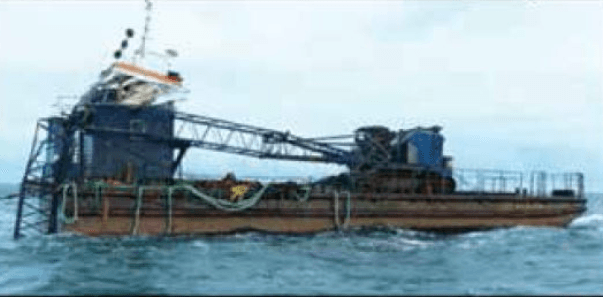

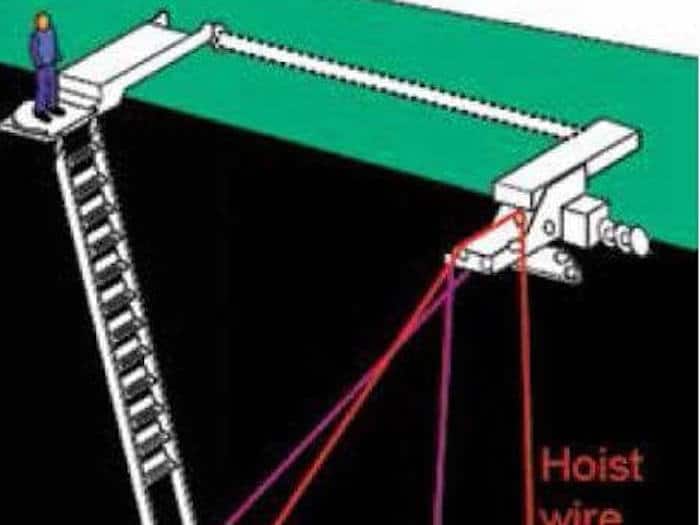
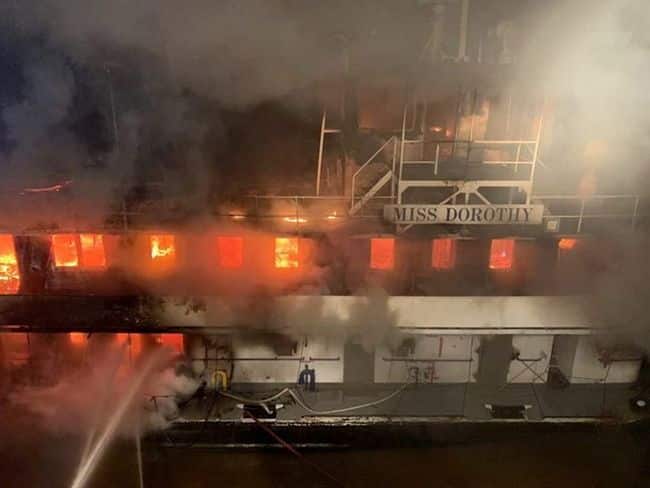
if oow on red vessel: should have altered course to stbd as per rule 17 a (ii) and 17c, somewhat along the track of blue vessel.
if still risk of collision existed slow down or take all the way off as per 17 b to reduce stw to zero.
also as this is fairway, the red vsl should have been on the stbd outer limit as per rule 9a.
moreover the green vessel should have taken early and substantial action as per rule 16, 15 and successive alterations should have been avoided as per rule 8.
I tried to read the incident over and over, but it seems that the Master on the RED vessel was not mentioned ….. where was he?? Was the RED vessel’s bridge team NOT assessing the situation? Was there NOT Challenge and Response from any bridge team member??
We all have to bear in mind that the Master is STILL in COMMAND of the ship at all times (except of course in Panama Canal transit), and the pilot is just an adviser…… there should be proper communication all person within the bridge team….
Or if Master feels in doubt of the pilots advise, he should have taken the conn… just as thought…
Finally, time and time again….. good practice of seamanship always plays a big role when applying the Rules of the Road……